Increasing Dental Care Costs
The rising costs associated with dental care are a significant driver in the Dental Insurance Market. As dental procedures become more expensive, consumers are increasingly seeking insurance solutions to mitigate out-of-pocket expenses. Reports indicate that the average cost of dental services has risen by approximately 5% annually, prompting individuals to prioritize insurance coverage. This trend is particularly evident among families and older adults, who may face higher dental care needs. Consequently, insurance providers are likely to respond by offering more diverse plans that cater to varying financial capabilities. The pressure of escalating costs may also lead to a greater emphasis on preventive care, as individuals seek to avoid costly treatments. Thus, the interplay between rising costs and insurance demand could create a more dynamic market environment.
Rising Awareness of Oral Health
The increasing awareness of oral health among consumers appears to be a pivotal driver in the Dental Insurance Market. As individuals become more informed about the link between oral health and overall well-being, the demand for dental insurance is likely to rise. Reports indicate that nearly 70% of adults recognize the importance of regular dental check-ups, which may lead to a surge in insurance enrollments. This heightened awareness is not only fostering a culture of preventive care but also encouraging individuals to seek comprehensive coverage. Consequently, insurance providers are adapting their offerings to meet this growing demand, potentially leading to a more competitive market landscape. The emphasis on oral health education and preventive measures could further enhance the value proposition of dental insurance, making it an essential component of personal health management.
Regulatory Changes and Compliance
Regulatory changes and compliance requirements are shaping the Dental Insurance Market in notable ways. Governments are increasingly implementing policies aimed at improving access to dental care, which may influence insurance offerings. For instance, mandates for coverage of preventive services without cost-sharing are becoming more common, potentially driving up enrollment rates. Additionally, compliance with new regulations may compel insurance providers to enhance their product offerings, ensuring they meet the evolving needs of consumers. This regulatory landscape could foster innovation within the industry, as companies strive to develop plans that align with legal requirements while also appealing to consumer preferences. The ongoing dialogue between regulators and industry stakeholders suggests that the market may continue to evolve in response to these changes, creating both challenges and opportunities for insurance providers.
Shift Towards Employer-Sponsored Plans
The shift towards employer-sponsored dental insurance plans is emerging as a key driver in the Dental Insurance Market. As employers recognize the importance of employee health and well-being, many are expanding their benefits packages to include comprehensive dental coverage. This trend is particularly pronounced among larger organizations, which often seek to attract and retain talent through competitive benefits. Data indicates that approximately 60% of employees consider dental insurance a crucial factor when evaluating job offers. Consequently, employers are likely to invest in more robust dental plans, which may lead to increased enrollment rates. This shift not only benefits employees but also encourages insurance providers to tailor their offerings to meet the specific needs of businesses. As the labor market evolves, the demand for employer-sponsored dental insurance is expected to grow, potentially reshaping the competitive landscape.
Technological Advancements in Dental Care
Technological advancements in dental care are transforming the Dental Insurance Market in profound ways. Innovations such as teledentistry, digital imaging, and AI-driven diagnostics are enhancing patient experiences and outcomes. These technologies not only improve the efficiency of dental practices but also increase the accessibility of care. As a result, insurance providers are likely to expand their coverage options to include these modern treatments, thereby attracting a broader customer base. Data suggests that the integration of technology in dental practices has led to a 30% increase in patient satisfaction, which may correlate with higher insurance uptake. Furthermore, as dental care becomes more sophisticated, the need for comprehensive insurance plans that cover advanced procedures is expected to grow, potentially reshaping the competitive dynamics within the industry.


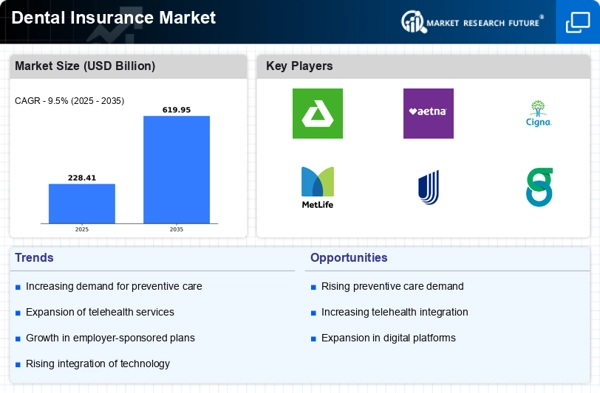
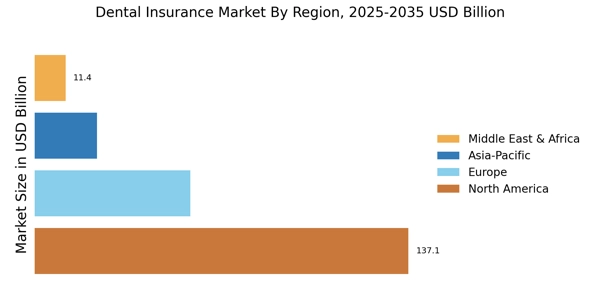
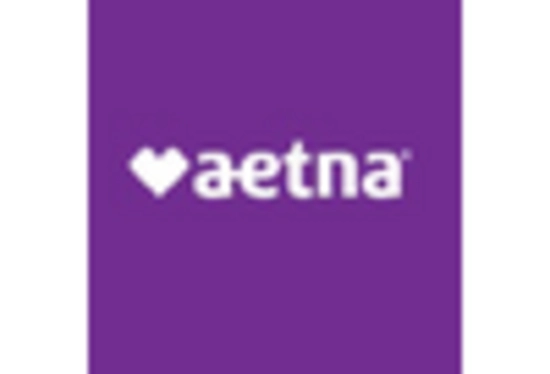
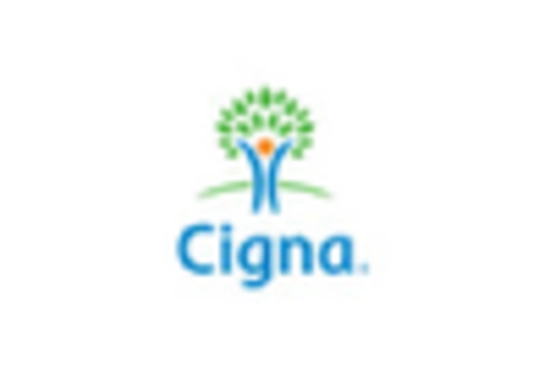


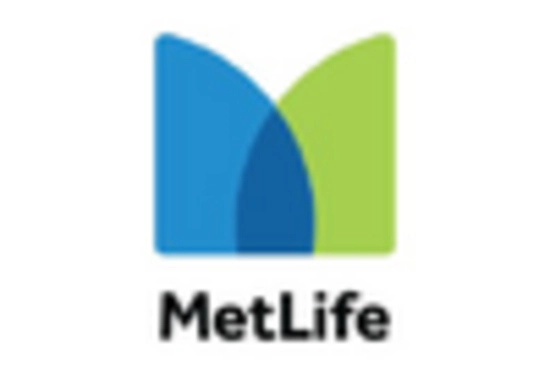
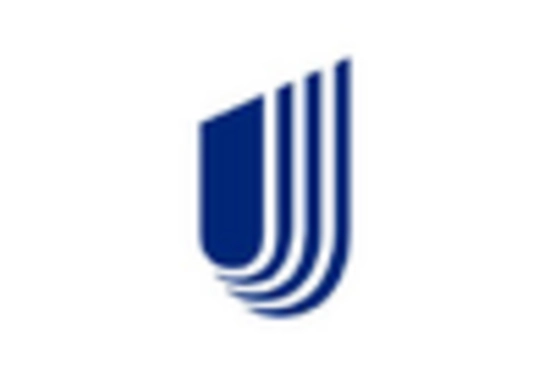








Leave a Comment